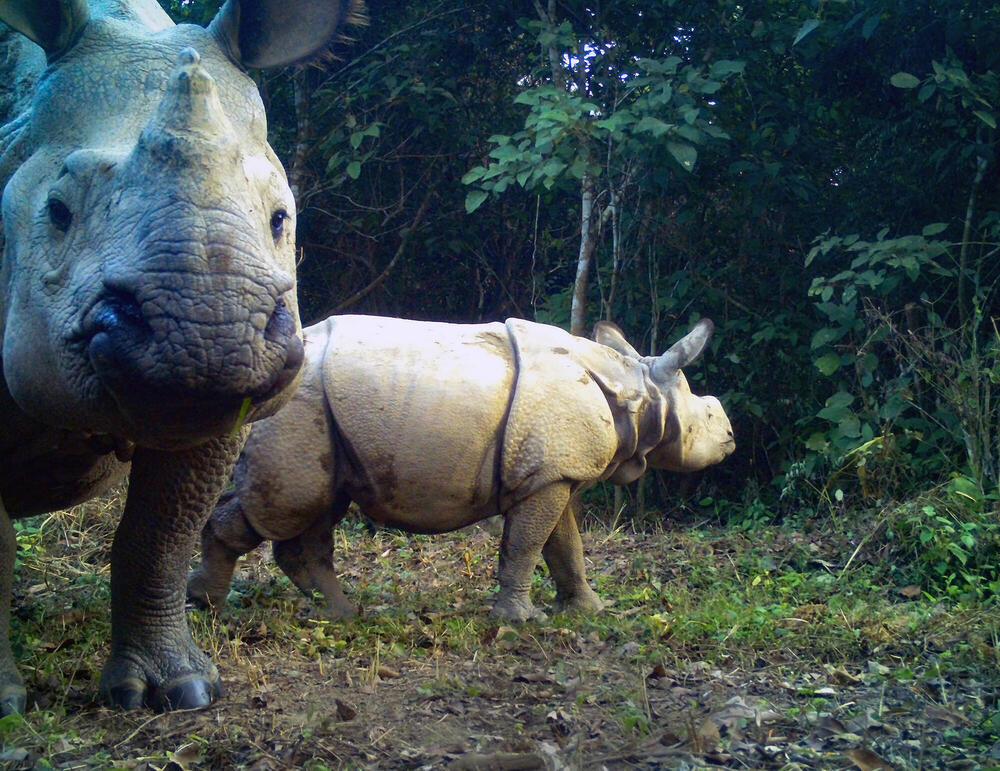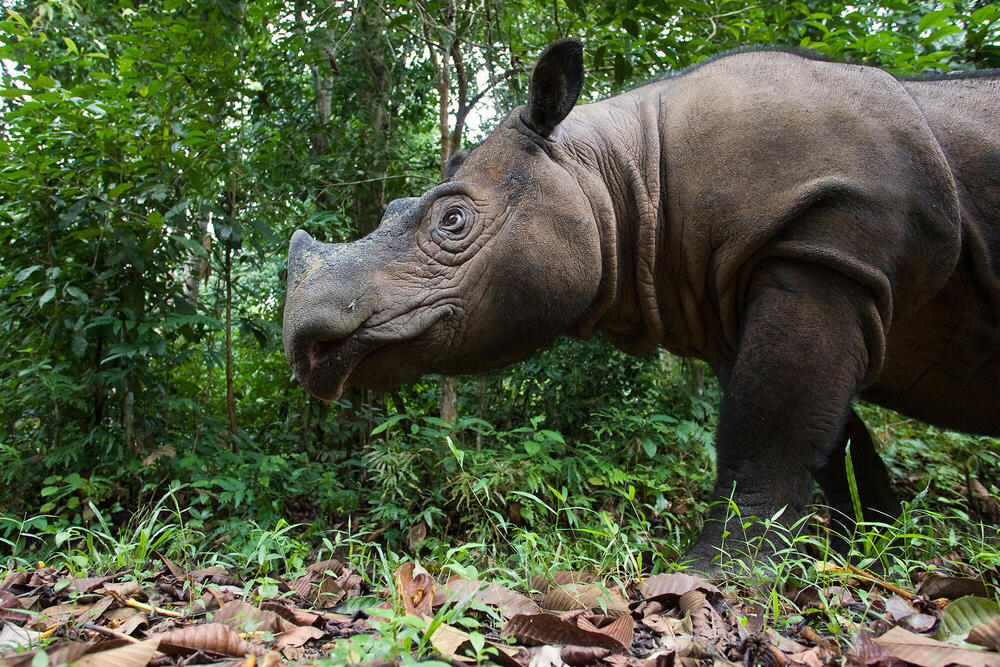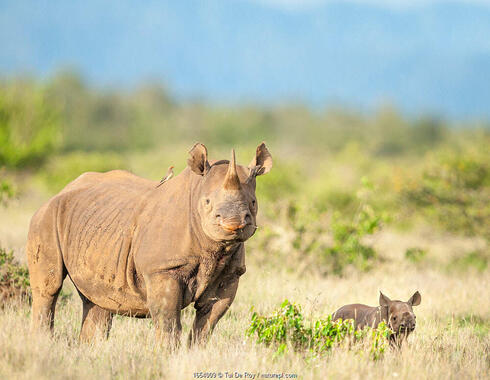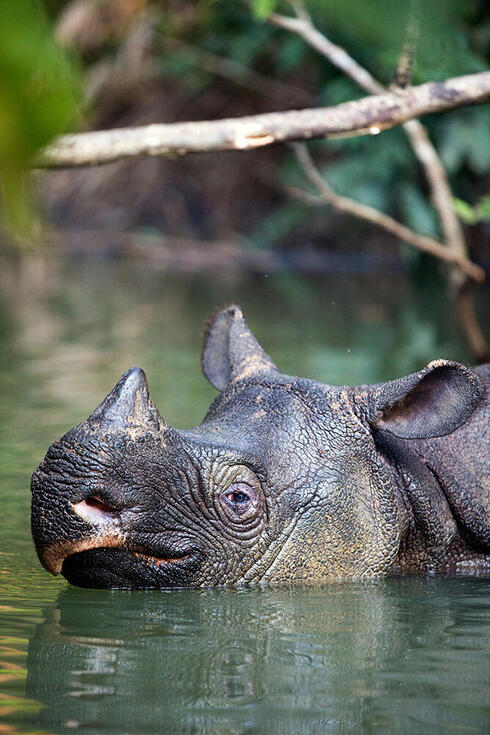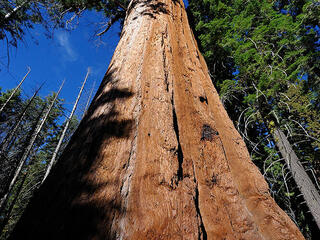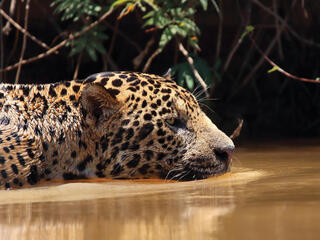Poaching, however, isn’t the only threat rhinos face.
Black rhinos are highly territorial and largely solitary, so they require vast areas to roam. The population density of black rhinos, for example, can be as low as one animal per 40 square miles in Namibia’s arid deserts.
“Rhinos breed better when they are at lower densities,” says Barney Long, the senior director of conservation strategies at Re:wild, a WWF partner. “That’s because there are more resources per individual rhino. There’s less competition between males. Females can be more focused on breeding rather than finding food. And they’re less disturbed, because they’re not having to constantly move away from others.”
To give the animals more space to roam and breed, WWF has been involved in capturing wild rhinos and moving them to other parts of their historic range in order to establish or increase viable breeding populations and to improve the odds of their surviving an acute threat like a natural disaster.
The Namibian government, together with WWF and other partners, has been translocating black rhinos for three decades. And since its inception in 2003, the Black Rhino Range Expansion Project (BRREP) in South Africa has seen 270 animals successfully released to establish 13 new populations within the country, and even internationally, with releases in Liwonde National Park in Malawi in 2019. At least 13 calves were born in 2020 across BRREP project sites in South Africa and Malawi. Two are second generation, meaning their grandmothers were among those moved to create new populations.
Translocation has helped expand and increase populations not only of Africa’s rhinos but also of Asia’s. Nepal’s Chitwan National Park, for example, is a stronghold for greater one-horned rhinos. In fact, the current population of rhinos in Nepal is the highest recorded since the establishment of this park. According to the country’s 2021 National Rhino Count, more than 694 of Nepal’s 752 rhinos reside there (another 2,900 or more are found in neighboring India). In 1986, the government decided to shift some animals to three other national parks; WWF has assisted in these efforts since the beginning.
Moving rhinos is a massive operation, says Nilanga Jayasinghe, manager of Asian species conservation and the lead on greater one-horned rhino work for WWF-US. When she participated in a translocation in 2015, there were at least 250 people involved, as well as 30 captive elephants used for tracking rhinos.
She vividly remembers the operation, which adhered to International Union for Conservation of Nature translocation and reintroduction guidelines: The team spent hours on elephant-back in the midday heat scouring the dense, tall grass. When they found a rhino, about 10 elephants encircled it while a technician scrambled up a nearby tree to dart it with tranquilizer. After that, the team moved in quickly, fitting the rhino with a GPS radio collar and drawing blood and other samples before using a wooden sleigh to load it onto a waiting truck. Once in a traveling crate, the animal was given an antidote to awaken it before being driven overnight to another site.
“It was a very intense operation,” says Jayasinghe, who witnessed a female and a male being captured, translocated, and released.
India also conducts similar relocations, and the two countries collaborate closely to manage their rhinos.

